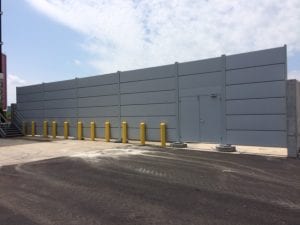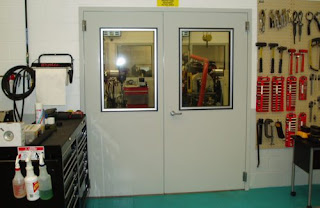The method of sound proofing room for voice recording
Nothing kills a video such as inferior audio quality. No amount of camera effects, set design or lighting tricks will assist your finished video if your audio sounds like an old cassette tape. Apart from looking unprofessional, inferior audio quality makes it hard for your viewers to understand the video.
I can think about a few great videos that don’t have any speaking parts at all! But for anything with an on-screen dialog, voiceover, or interview, you will want to ensure the sound quality is as great as possible. Before we discuss about sound proofing room, let us have a quick look at how sound works in the first place.
The science that works behind sound
Sound travels in waves. If you are in a room with more than a single wall, the sound wave will bounce back and forth, repeatedly. As you may imagine, sound bouncing back and forth across a room doesn’t make for the best quality audio. This is why you should have a clear idea what is STC.
If you are confused how to quiet a noisy air conditioner and want to fix the issue, there are two options. Diffuse the reflected waves or absorb them. Absorbing the sound waves lessen the reflection strength. Absorbing all the errant sound waves might appear like a great idea, but if you absorb excessively, your recording will start feeling lifeless or unnatural.
Small spaces have a tendency of not to need as much diffusion as bigger spaces, but of your audio plays back and sounds dull, throw some corners into the room. Acoustic panels do work well, but anything with angles will do.
And there you have it! Everything you have to know to keep those vocals sounding fresh with an outdoor generator enclosure.




Comments
Post a Comment